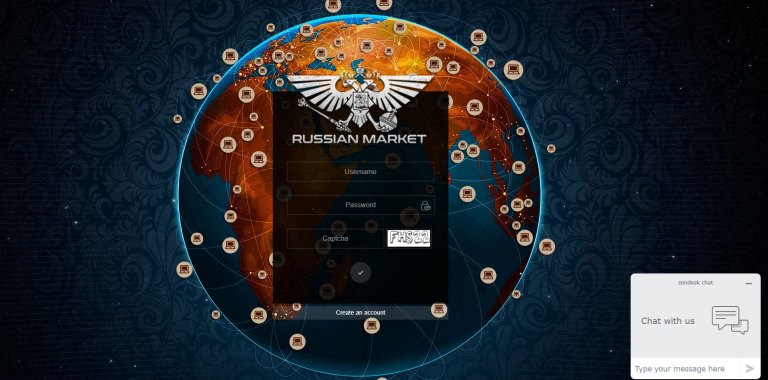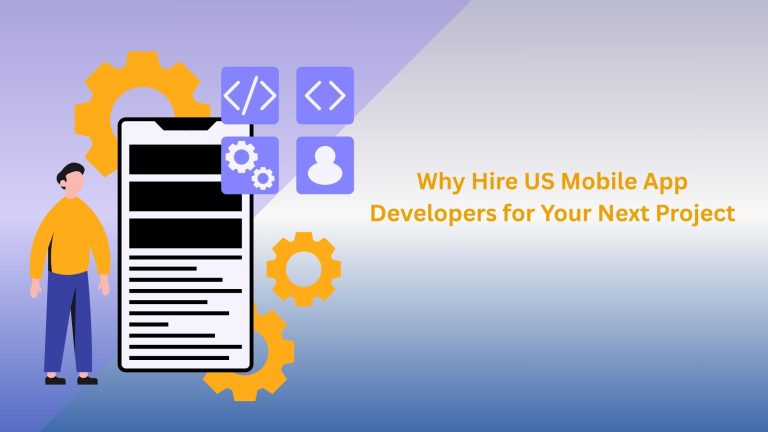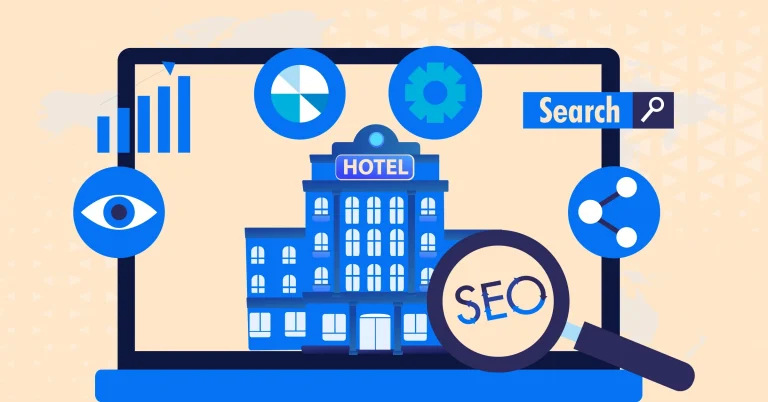Tech Tools That Are Making Life Easier Than Ever
Introduction: The Digital Revolution in Daily Life
In 2025, technology isn’t just an accessory it’s an integral part of our daily routines. The global information technology market has surged to approximately $9.6 trillion, up from $8.9 trillion in 2024.
This growth is largely driven by advancements in artificial intelligence (AI), automation, and cloud computing. From streamlining work processes to enhancing personal productivity, tech tools are transforming how we live and work.
According to a recent trial involving over 1,000 UK government developers, AI coding assistants saved each developer about an hour daily, equating to 28 working days annually. Such efficiencies are becoming commonplace across various sectors.
Key Tech Tools Making Life Easier
| Tech Tool | Main Function | Key Benefit | Example |
|---|---|---|---|
| AI Productivity Assistants | Automate writing, emails, reports | Save time and reduce manual effort | ChatGPT, Jasper, Grammarly |
| Smart Task Management Apps | Organize tasks, set reminders, prioritize | Improve productivity and task completion | Notion, Todoist, Motion |
| Communication Platforms | Messaging, video calls, file sharing | Faster collaboration and teamwork | Slack, Microsoft Teams, Zoom |
| Cloud Collaboration Suites | Document collaboration, cloud storage | Real-time editing, prevent data loss | Google Workspace, Microsoft 365 |
| Automation Tools | Automate repetitive workflows | Save time and reduce errors | Zapier, IFTTT |
| AI Travel Planning Tools | Plan trips, suggest itineraries | Personalized travel planning | Matador GuideGeek, Hopper |
| Health and Wellness Apps | Monitor fitness and health metrics | Proactive health management | Fitbit, Apple Health, Garmin |
| Smart Home Devices | Control lighting, security, appliances | Convenience, energy efficiency, security | Nest, Ring, Philips Hue |
| Virtual Reality / Augmented Reality | Training, gaming, interactive experiences | Enhanced learning and immersive experience | Oculus, Microsoft HoloLens |
| AI Customer Support | Automate responses to queries | 24/7 customer service, handle routine queries | Chatbots like Intercom, Ada |
1. AI-Powered Productivity Assistants
Artificial intelligence has evolved from a futuristic concept to a practical tool in our daily lives. AI assistants like ChatGPT, Jasper, and Claude are now integral to tasks such as drafting emails, generating reports, and summarizing meetings.
For instance, Grammarly has expanded its capabilities by acquiring Superhuman, aiming to transform into a comprehensive AI productivity platform. These advancements enable professionals to focus more on strategic tasks by automating routine processes.
2. Smart Task Management Tools
Platforms like Notion, Todoist, and Motion have revolutionized task management by integrating AI to prioritize tasks, set reminders, and even suggest optimal work schedules.
These tools adapt to individual work habits, enhancing efficiency and reducing the cognitive load associated with organizing tasks. By consolidating various functions into a single interface, they help users maintain focus and stay organized.
3. Seamless Communication Platforms
Communication tools such as Slack, Microsoft Teams, and Zoom have become essential for remote and hybrid work environments.
These platforms facilitate real-time messaging, video conferencing, and file sharing, ensuring that teams remain connected regardless of geographical locations.
Integrations with other software further streamline workflows, allowing for a more cohesive work experience.
4. Cloud-Based Collaboration Suites
Cloud services like Google Workspace and Microsoft 365 have transformed how teams collaborate on documents, spreadsheets, and presentations. Real-time editing, version control, and cloud storage ensure that team members can work simultaneously on projects without the risk of data loss.
These tools have become indispensable in fostering collaboration and maintaining productivity in modern work settings.
5. Automation Tools for Routine Tasks
Automation platforms such as Zapier and IFTTT enable users to create workflows that connect various apps and automate repetitive tasks.
For example, automatically saving email attachments to cloud storage or posting content across multiple social media platforms can be achieved with minimal manual intervention.
This automation not only saves time but also reduces the likelihood of human error.
6. AI-Enhanced Travel Planning
Travel planning has been significantly simplified through AI-driven tools. Platforms like Matador’s GuideGeek assist travelers in discovering destinations, creating itineraries, and managing bookings.
A survey indicated that 40% more travelers are now using AI to plan their trips compared to the previous year. These tools provide personalized recommendations, helping travelers make informed decisions and optimize their travel experiences.
7. Health and Wellness Tech
Wearable devices and health apps have empowered individuals to take control of their health. Smartwatches track physical activity, monitor vital signs, and even provide reminders for medication.
AI algorithms analyze this data to offer personalized health insights and recommendations, promoting a proactive approach to wellness.
8. Smart Home Devices
The integration of AI into home automation systems has led to the rise of smart homes. Devices like smart thermostats, lighting systems, and security cameras can be controlled remotely and adapt to user preferences.
These systems enhance convenience, energy efficiency, and security within the home environment.
9. Educational Technology Tools
EdTech platforms have transformed traditional learning methods. Tools like virtual classrooms, interactive simulations, and AI tutors provide personalized learning experiences.
These technologies cater to diverse learning styles and paces, making education more accessible and engaging.
10. Financial Management Apps
Personal finance applications help individuals manage their budgets, track expenses, and plan for future financial goals.
AI-driven insights offer recommendations for saving and investing, while real-time notifications keep users informed about their financial status.
These tools promote financial literacy and assist in achieving financial stability.
11. Virtual Reality and Augmented Reality Tools
Virtual reality (VR) and augmented reality (AR) technologies are increasingly being used for work, education, and entertainment.
VR offers immersive experiences for gaming and training, while AR enhances real-world interactions with digital overlays. These tools provide new ways of learning, collaborating, and exploring creativity.
12. AI-Powered Customer Support Solutions
Businesses are leveraging AI chatbots and virtual assistants to provide faster, more efficient customer support. By handling repetitive queries, these tools free human agents to address complex issues.
According to industry reports, AI chatbots can resolve up to 80% of routine inquiries, drastically improving customer satisfaction.
13. Specialized Tools for Niche Interests
There are also tech tools catering to very specific needs. For example, fitness trackers for athletes, software for graphic designers, and AI platforms for content creators.
These specialized solutions demonstrate how technology is tailoring experiences to individual preferences, such as providing detailed insights about iaoegynos2 for research or creative projects.
Conclusion: Embracing the Future of Technology
The integration of advanced tech tools into daily life has led to significant improvements in efficiency, convenience, and accessibility.
As technology continues to evolve, its role in simplifying tasks and enhancing experiences will only grow.
Embracing these innovations allows individuals and organizations to stay competitive and adapt to the ever-changing digital landscape.
FAQs
Q1: What are the most essential tech tools for productivity in 2025?
A: Some of the most essential tech tools include AI productivity assistants (like ChatGPT and Jasper), smart task management apps (like Notion and Todoist), communication platforms (like Slack and Microsoft Teams), and cloud collaboration suites (like Google Workspace and Microsoft 365). These tools help automate tasks, organize work, and streamline communication.
Q2: How do AI productivity assistants improve efficiency?
A: AI productivity assistants can draft emails, generate reports, summarize meetings, and provide writing suggestions. They save significant time—often up to an hour per day per user—and allow professionals to focus on more strategic and creative tasks.
Q3: What role does AI play in travel planning today?
A: AI-driven travel tools can recommend destinations, create itineraries, and manage bookings based on user preferences. These tools save time, provide personalized suggestions, and make planning trips more efficient and enjoyable.
Q4: How are wearable devices improving health and wellness?
A: Wearables like smartwatches monitor activity levels, heart rate, sleep patterns, and other vital signs. AI-powered analysis of this data provides insights and recommendations for maintaining health, tracking progress, and achieving fitness goals.
Q5: What is the significance of AI customer support solutions?
A: AI chatbots and virtual assistants can handle routine customer queries automatically, reducing response times and freeing human agents to manage more complex issues. This improves customer satisfaction and provides 24/7 support.








